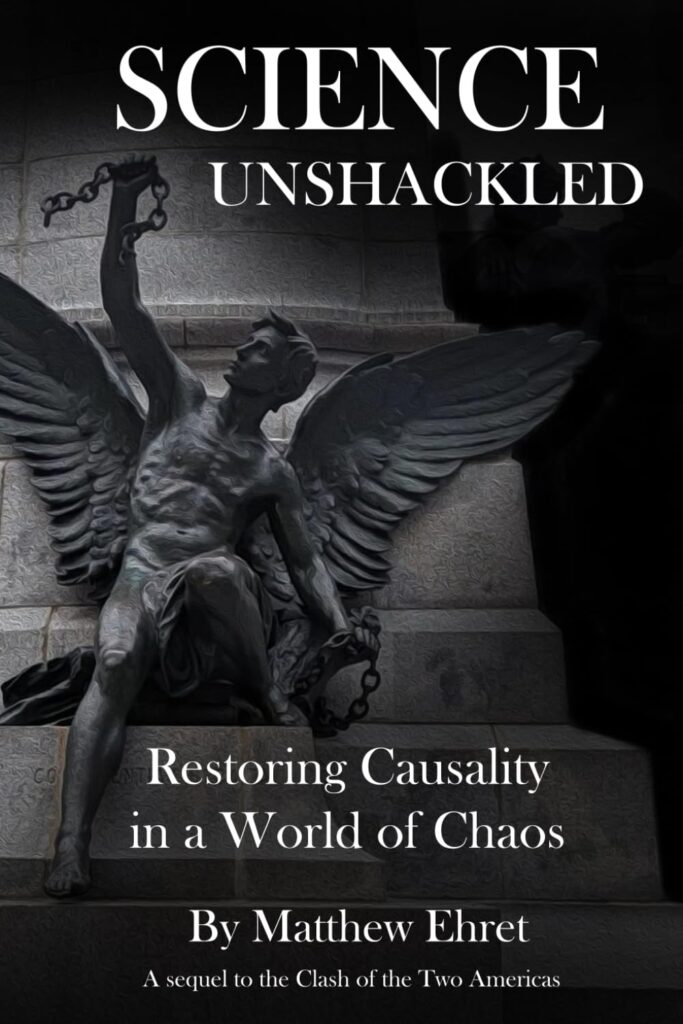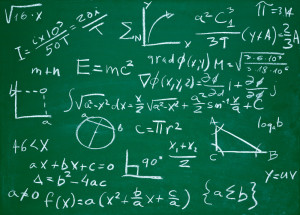Posted October 21, 2024 – for those who read

Science Unshackled | Restoring Causality in a World of Chaos | November 2023, Paperback: 275 pages | By Matthew Ehret
As a young student of Math and Philosophy, I noted many unanswered questions I just didn’t have time or resources to explore further. These questions were swept aside to focus on learning the proscribed materials provided by the university. Decades passed since that time and now I have the grand opportunity to revisit many of these inconsistencies and counter-patterns that stuck in my mind like a splinter:
“You’ve felt it your entire life, that there’s something wrong with the world. You don’t know what it is, but it’s there, like a splinter in your mind, driving you mad.” – Morpheus (from The Matrix).
Matt’s treatment of the ‘Leibniz–Newton calculus controversy’ was enlightening and helpful: As a young math student, I often wondered why Newton got all the credit. I also enjoyed understanding the roots of our current science can be traced back to Aristotle and why Plato would have been the better choice.
Matt makes many references to Plato’s Timaeus and Critias. My first instinct was to save time and read or listen to established ‘scholars’ opinions on this piece, but I am thankful I read it afresh –trusting myself– without peering through the lenses and guidance of established ‘experts’. I also skipped the introduction after reading some 20 pages which turned out to be a great decision. The dialogue starts to gain some traction at ‘3. Prelude’. The distinction between being and becoming; the world has come into being as a likeness of eternal being; our account of it can therefore be no more than ‘likely’.) TIMAEUS: We must in my opinion begin by making the following distinctions. What is that which always is, and has no becoming, and what is that which is always becoming but never in any way is?”
Matt also exposes the anthropogenic climate change fiction brilliantly and concisely in Chapter 8.
Sit back and enjoy as Matt exposes the reader to a deeper understanding of our history, art, science, philosophy and geopolitics; and how they have worked together to create today’s World of Chaos. -db

